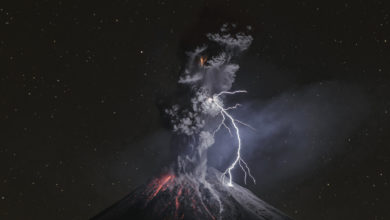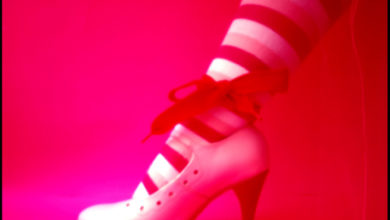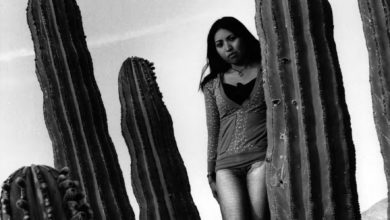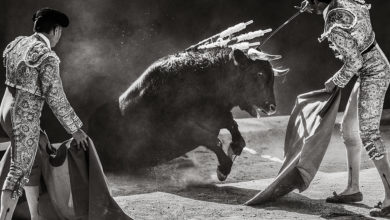Waldemaro Concha
Time seen through Cristal Glass
Jimmy Montañez
Albert Einstein established the theory of relativity: time and space are closely linked in a four dimension continuum: three spatial dimensions and a fourth temporal dimension. Waldemaro Concha, a diligent researcher of photography, appears to toy with this concept while developing a project that is extremely interesting from several points of view.
First of all, Waldemaro managed a historical recovery of a 19th century technique known as “wet plate collodium”, which is what he positively develops as ambrotype.
This technique was patented by James Ambrose Cutting in 1854. Ambrotype is an underexposed negative which, when placed on the back side of a piece of corduroy cloth or asphalt, turns the tones around and provides a positive image.
Second of all, a very good bibliographic investigation of the process led to the restoration of photographic cameras of the era in different formats and with different lens. He experimented with formulas used in Yucatán by Claude Désiré Charnay on his first trip in 1859; Le Plongeon in 1873; and other photographers of that century, to prepare his own formula and thus be able to treat the glass that will be transformed into cristal as a support, not by means of a chemical reaction, but instead through the beauty achieved by the image, thus turning Waldemaro into a true alchemist.
Technically his work in the interpretation of light to achieve a rich array of tones with these materials led him to filter light in the intimacy of his studio to achieve a sensation of volume on a plane like photography and therefore three dimensional in nature.
With respect to the fourth dimension, in his first work Waldemaro offers images of old demolished henequen haciendas in the Yucatan Peninsula, which is basically the same landscape photography that was registered during their days of splendor, as cornfields or pastures, undoubtedly by using this technique of wet plate collodium. This subtle playing with time might go unnoticed if one only remained contemplating these high quality images.
A smile of satisfaction is caught on Waldemaro’s face as he observes the results of the trap, which is his second piece of work. In this work he makes good use of the atmosphere of his studio, with this 19th century style photographic studio as a backdrop and so often captured on the identification plates of the “Pedro Guerra” archives at the Autonomous University of Yucatán, when he worked.
He dresses his models with clothes of the era, when this technique was at its peak (1856-1870). For a more precise chronology, consult Valdez Marín (1997). It is only through detailed inspection that we discover that they were produced in 2000. This piece of work gets us more into the concept of time and allows both the model and the photographer to feel the sensation of a 19th century style pose. To imprint these images in one’s mind there must be extended exhibition times.
I have been able to observe and enjoy the sensation of “don’t move please until I tell you to do so” (but with language less in line with the era of the technique and of course with much comradeship).
As a spectator you get involved with that “tempo” so as not to distract the model. In the same way this allowed me to experience the feeling of how technological advances change with respect to the idea we have of posing for a photograph, when one hundred and forty six years later we are used to doing this only for fractions of a second. Our attitude is very different in the 4 minutes required for wet plate collodium compared to the 15 minutes it takes for the latest daguerreotypes.
I am not familiar with the images from Waldemaro’s archeological zones, but taking into account the two previous topics, he seems to follow Charnay’s steps, since on his second trip (1881-1882), “in addition to trips to monuments, ethnological portraits (front and side) of Indians, he visited villages, took shots of some cities (Mérida, Valladolid and Campeche) and scenes of local customs..” (Olivier Debroise, 1994).
I hope that in the future Waldemaro will delight us with a more obvious temporal juxtaposition between 19th century photography and, for example, a portrait of dreadlocks, punks, or street gangs from the 21st century, and why not?… After all, he is an alchemist of his times…




